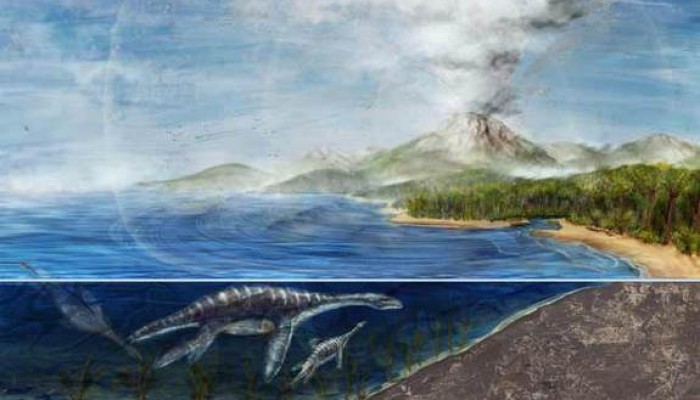Palaeontology is the study of the history of life on Earth. Whenever I get asked what I do, my answer always gets a predictable response: either “Oh, like Ross from Friends?” “So Jurassic Park?” or “So you dig dinosaurs?”
Neither of these are close to what myself, my colleagues, or the broader field are doing. Well, apart from the digging dinos. We have to have some perks (not that I’ve actually ever been on a dig…).
What I want to highlight are a couple of recent developments in the field that show that palaeontology is just as technically advanced as any other major domain of science out there. They both involve the genesis and analysis of large data sets that we’re constantly using to test large-scale patterns and processes through time – known as macroevolution. Trying to decipher the patterns and processes of evolution leading towards the modern, extant fauna we have today is key in predicting their future as we destroy the planet.

